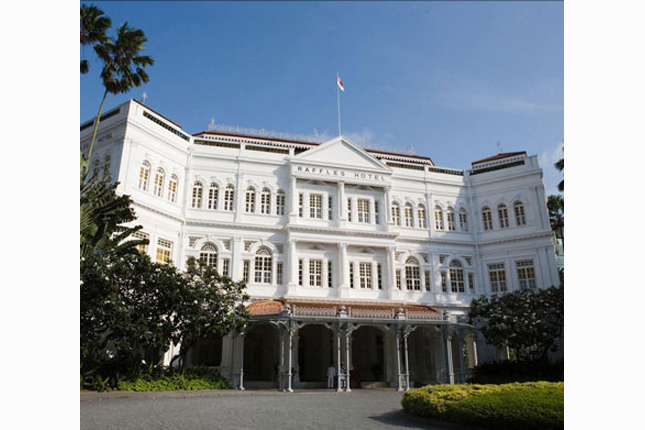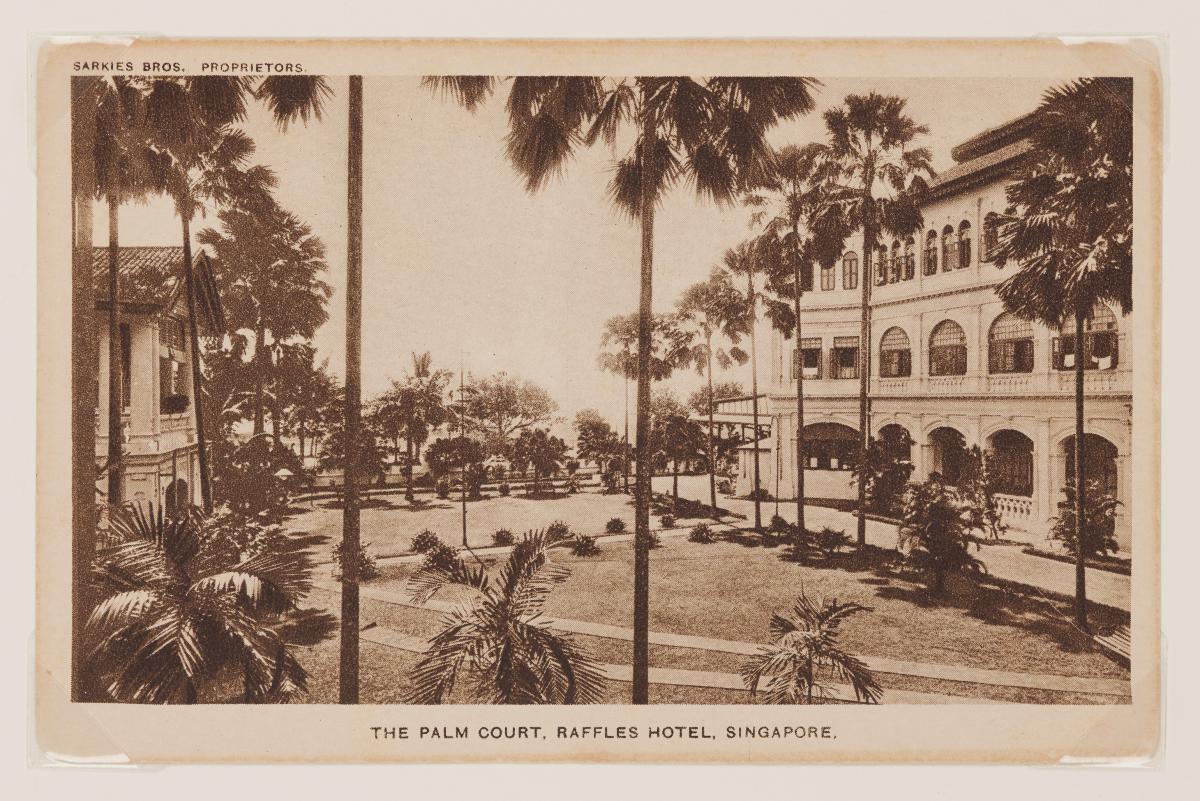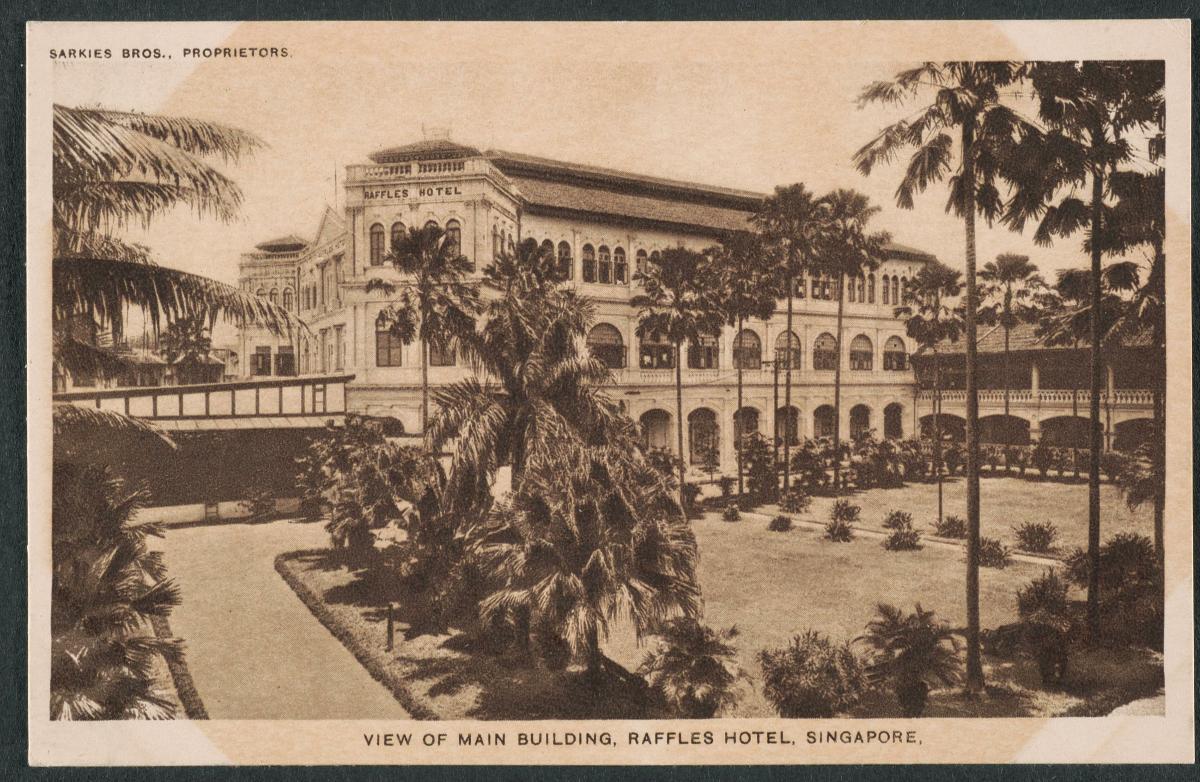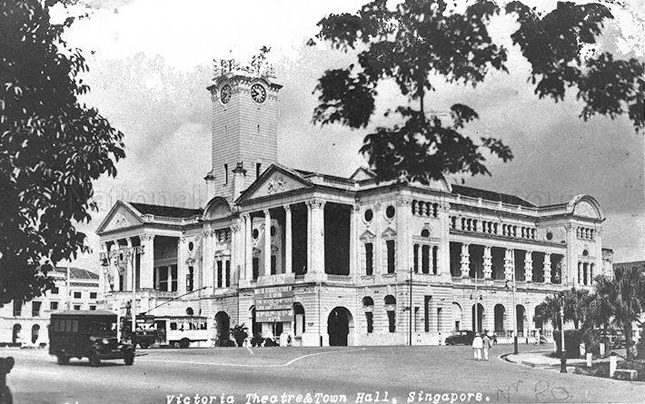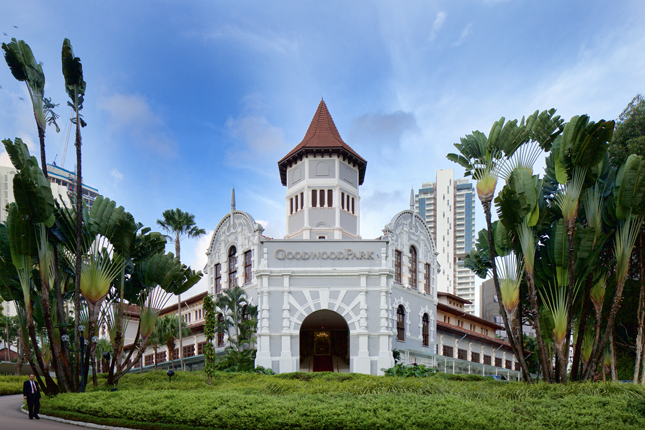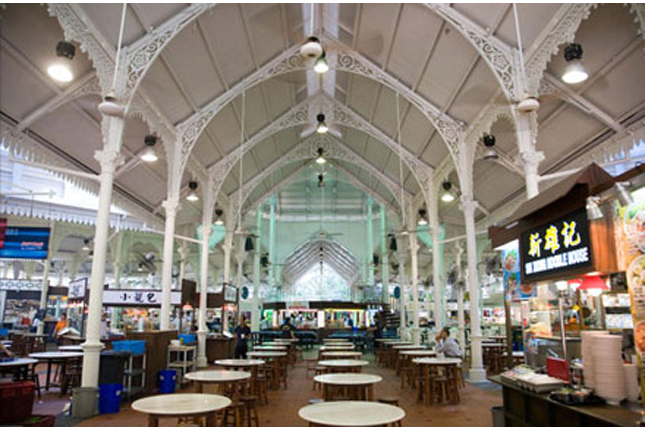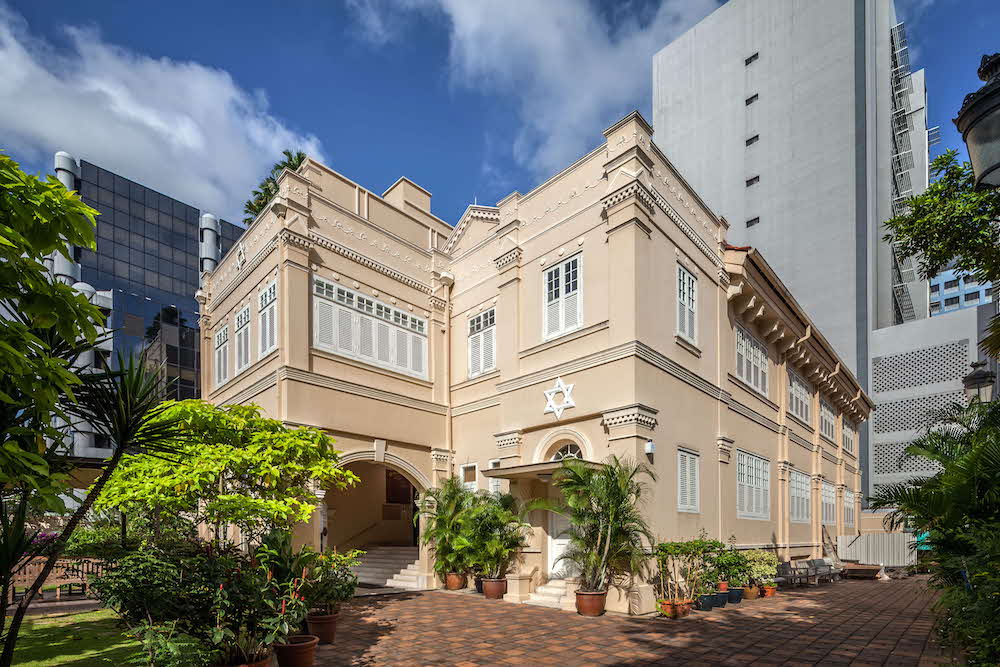Raffles Hotel is one of the most well-known luxury hotels in Singapore and the oldest surviving establishment of its kind on the island. It is a living witness to the boom in tourism in the late nineteenth- and early twentieth-centuries, and also testifies to the contributions of Singapore’s small but significant Armenian community during the early years of British Singapore.
Sarkies Brothers
In 1887, four brothers – Martin, Tigran, Aviet, and Arshak Sarkies – founded Raffles Hotel. The Sarkies were part of the Armenian community, whose religious and social centre was the Armenian Church. They were successful hotel proprietors who also owned Strand Hotel in Yangon, Myanmar, and three hotels in Penang, Malaysia – Eastern and Oriental Hotels (which merged later to form Eastern & Oriental Hotel), Oriental Tiffin & Billiard Rooms (renamed the Sea View Hotel), and Crag Hotel.
Timely Establishment
Raffles Hotel occupies the site of what used to be the Beach House, an old bungalow on Beach Road that was owned by Syed Mohamed Alsagoff, a wealthy Arab merchant and landowner. The Beach House was rented out and converted into a hotel. Before the Sarkies brothers took over it, the spacious building functioned as Emmerson’s Hotel and, later, a boarding house for boys from the nearby Raffles Institution.
The Sarkies brothers’ investment in setting up Raffles Hotel was nothing but timely: the popularisation of steamships in the late nineteenth century, coupled with the Suez Canal’s opening in 1869, had enabled Europeans to travel to Asia for leisure for the very first time. Raffles Hotel soon found itself unable to cope with the sudden influx of European tourists in Singapore.
When Tigran Sarkies assumed management, he effectively transformed the humble hostel into a magnificent hotel worthy of its reputation. Between 1889 and 1890, new wings were added on both sides of the building. The Billiard Room was built circa 1890 at the Bras Basah and Beach Road corner for the guests’ entertainment, and Palm Court Wing was constructed circa 1894.
Fate of Raffles Hotel
Following Arshak Sarkies’ demise in 1931, it was revealed that the Sarkies brothers had accumulated tremendous debts, threatening Raffles Hotel’s survival. The Great Depression, which had partly caused the Sarkies brothers’ bankruptcy, also greatly affected the tourism and hotel industries in Singapore. A solution to save Raffles Hotel came only two years later on 28 February 1933 with the formation of a new firm, Raffles Hotel Limited, which acquired and incorporated the historic hotel and its land. Other luxury hotels in Singapore were not so fortunate: the Adelphi was placed in receivership, the Dutch-run Hotel van Wijk was forced to shut down, and the well-known Hotel de l’Europe eventually made way for the Former Supreme Court building.
Raffles Hotel survived the Second World War, during which it was renamed Syonan Ryokan – ‘Light of the South Hotel’. Over the years, the hotel underwent a series of renovation, repair and expansion, with the last major restoration taking place from 1989 to 1991. The restored Raffles Hotel, which houses more than 100 suites, is also known for the famous cocktail Singapore Sling, which was created by Ngiam Tong Boon, a talented barman at the hotel.
Notable Guests
Several prominent personalities have graced the hotel with their presence since its opening in 1887. These include the Prince Aldabert of Prussia, Grand Duke Cyril Vladimirovich of Russia, British author William Somerset Maugham, Sir Charles Spencer Chaplin (more commonly known as Charlie Chaplin), English poet Rudyard Kipling, Michael Jackson, and, more recently, Prince William and Princess Catherine, the Duke and Duchess of Cambridge.
Architecture and Furnishings
Completed in 1899, the three-storey Main Building replaced the Beach House. It was constructed according to the architectural plans of Regent A. J. Bidwell from the renowned firm Swan & Maclaren. Back then, the hotel boasted one of Singapore’s first complete electrical systems with electric lights, ceiling fans, and call bells powered by the hotel’s generators.
The Main Building was designed in the Neo-Renaissance style, characterised by a symmetrical composition and layout, and the use of Classical orders (such as Corinthian and Doric columns), round arches. Around the building are wide verandahs and rows of Palladian windows, which are essentially large fenestration sectioned into three by piers that resemble pilasters. These features kept the interior cool and well ventilated in Singapore’s tropical climate prior to the advent of air-conditioning. The angled wings flanking the Main Building ensure the ingress of sunlight during the day.
Outside the main entrance is an elegant cast-iron portico with elaborate tracery. The present portico, installed during the restoration from 1989 to 1991, is a fine reproduction of the original designed by the famous Walter MacFarlane & Company of Glasgow. The original portico was erected in 1913 and dismantled seven years later in 1920 to accommodate a new ballroom.
Raffles Hotel also features some beautiful courtyards, one of which is the aptly named Palm Garden. Underneath the tall palm trees stands an ornate cast-iron fountain, also manufactured by Walter MacFarlane & Company at the turn of the century. The fountain was first installed at the centre of the Former Telok Ayer Market. In 1902, it was transferred to a plaza outside Orchard Road Market. The fountain was later dismantled and forgotten altogether, and was only rediscovered in 1989. After being certified as authentic, the Victorian fountain was reassembled, restored, and installed in the Palm Garden.
Raffles Hotel Today
Raffles Hotel remains an icon of Singapore’s tourism industry today and continues to welcome guests from all over the world.
Our National Monuments
Our National Monuments are an integral part of Singapore’s built heritage, which the National Heritage Board (NHB) preserves and promotes for posterity. They are monuments and sites that are accorded the highest level of protection in Singapore.




